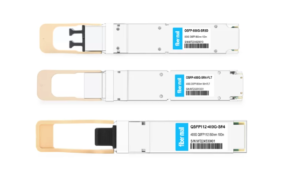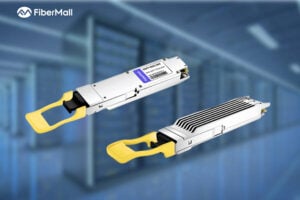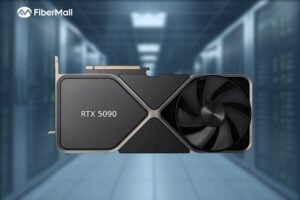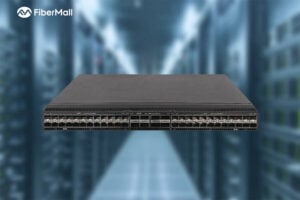- Catherine
Subnet manager of switch, subnet manager of OFED, UFM, is there any difference in the number of management nodes of them? Which one is more suitable for clients to choose when deploying?

Harry Collins
Answered on 3:31 am
The switch subnet manager, the OFED subnet manager, and UFM are software that are used to initialize and manage switches and hosts in the InfiniBand network. Their main difference lies in where they run and the scope of their functions.
The switch subnet manager is software that runs on the switch itself. It can automatically discover and configure devices in the network and provide basic network monitoring and diagnostic functions. It does not require additional management nodes, but it also does not support advanced network optimization and security functions.
The OFED subnet manager is software that runs on the host. It can use the subnet management service provided by OpenSM or Mellanox OFED. It can run on multiple hosts, achieving subnet manager redundancy and load balancing. It supports some advanced network functions, such as adaptive routing and congestion control, but it also does not support network security and preventive maintenance functions.
UFM is software that runs on dedicated management nodes. It is NVIDIA’s unified network management platform. It can monitor and manage the InfiniBand network comprehensively, supporting various advanced network functions, such as adaptive routing, congestion control, network security, preventive maintenance, performance analysis, etc. It requires at least one management node and a UFM license.
Which one is more suitable for customers to choose depends on their needs and budgets. If customers only need basic network functions and do not want to add extra management nodes, they can choose the switch subnet manager. If customers need some advanced network functions and already have host nodes, they can choose the OFED subnet manager. If customers need the most comprehensive and advanced network functions and are willing to invest in dedicated management nodes and UFM licenses, they can choose UFM.
People Also Ask
Related Articles

800G SR8 and 400G SR4 Optical Transceiver Modules Compatibility and Interconnection Test Report
Version Change Log Writer V0 Sample Test Cassie Test Purpose Test Objects:800G OSFP SR8/400G OSFP SR4/400G Q112 SR4. By conducting corresponding tests, the test parameters meet the relevant industry standards,

What is a Silicon Photonics Optical Module?
In the rapidly evolving world of data communication and high-performance computing, silicon photonics optical modules are emerging as a groundbreaking technology. Combining the maturity of silicon semiconductor processes with advanced photonics,

Key Design Principles for AI Clusters: Scale, Efficiency, and Flexibility
In the era of trillion-parameter AI models, building high-performance AI clusters has become a core competitive advantage for cloud providers and AI enterprises. This article deeply analyzes the unique network

Google TPU vs NVIDIA GPU: The Ultimate Showdown in AI Hardware
In the world of AI acceleration, the battle between Google’s Tensor Processing Unit (TPU) and NVIDIA’s GPU is far more than a spec-sheet war — it’s a philosophical clash between custom-designed ASIC (Application-Specific

InfiniBand vs. Ethernet: The Battle Between Broadcom and NVIDIA for AI Scale-Out Dominance
The Core Battle in High-Performance Computing Interconnects Ethernet is poised to reclaim mainstream status in scale-out data centers, while InfiniBand continues to maintain strong momentum in the high-performance computing (HPC)

From AI Chips to the Ultimate CPO Positioning Battle: NVIDIA vs. Broadcom Technology Roadmap Showdown
In the era driven by artificial intelligence (AI) and machine learning, global data traffic is multiplying exponentially. Data center servers and switches are rapidly transitioning from 200G and 400G connections

H3C S6550XE-HI Series 25G Ethernet Switch: High-Performance 25G/100G Solution for Campus and Metro Networks
The H3C S6550XE-HI series is a cutting-edge, high-performance, high-density 25G/100G Ethernet switch developed by H3C using industry-leading professional ASIC technology. Designed as a next-generation Layer 3 Ethernet switch, it delivers exceptional
